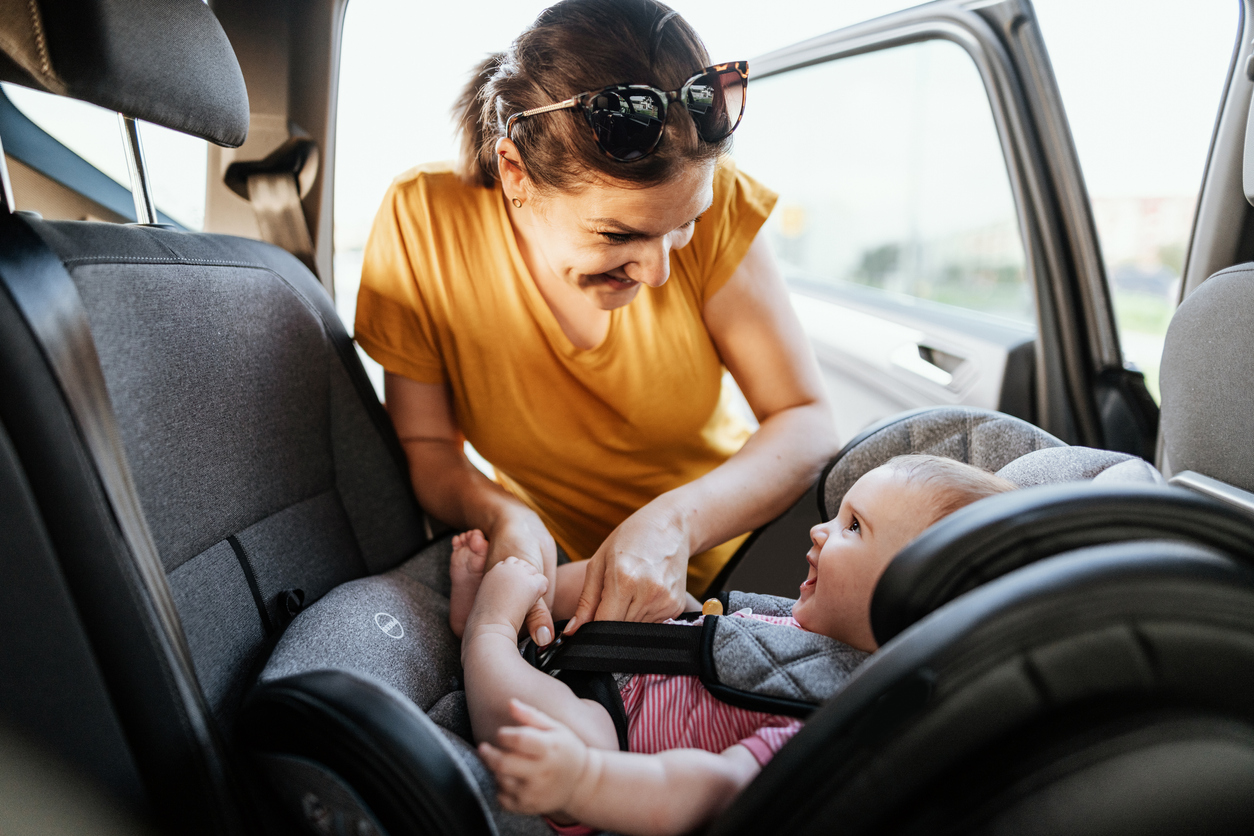Our state has enacted safety seat laws to protect children in South Carolina. This article will explain how South Carolina car seat laws do a good job of protecting your child during an accident.
A South Carolina personal injury attorney can help you go after money damages from the at-fault driver if you or your child got hurt in a collision that was the result of someone else’s carelessness.
What Are the Child Passenger Safety Seat and Seat Belt Laws in South Carolina?
According to the South Carolina Department of Public Safety (SCDPS), every child who is a passenger in a motor vehicle on public streets must at all times be secured by one of these safety devices:
- Rear-facing car seat. If your child is younger than two years, he will have to ride secured in a rear-facing car seat in the back seat of the car. Only children whose height or weight exceeds the limit allowed by the car seat manufacturer of the rear-facing car seat can move up to a forward-facing car seat.
- Forward-facing car seat. Children between the ages of two and four years and those who are larger than the height or weight limits for a rear-facing car seat must be secured in a forward-facing car seat. Like the rear-facing car seat, a forward-facing car seat must be in the back seat of the vehicle. To “graduate” to a booster seat, the child must be at least four years old and have outgrown their forward-facing car seat.
- Booster seat. After a child turns four years old and exceeds the height or weight limit of the manufacturer of a forward-facing car seat, he can ride in the back seat of the vehicle in a booster seat. The booster seat must be properly attached to the seat of the car and the child must be secured to the booster seat with both the lap belt and shoulder belt.
- Seat belt. When a child turns eight years old or is at least 57 inches tall, the child can ride as a passenger in a motor vehicle while using an adult safety belt, but only if the adult safety belt actually secures the child properly. “Properly secured” means that the lap belt rides across the child’s thighs and hips, not the abdomen, and the shoulder belt goes across the middle of the child’s chest, not across his neck. Also, there are leg length requirements that can vary from one vehicle to another.
It is vital that all car seats and booster seats get fitted correctly to the vehicle to protect your child.
Do Safety Belts and Car Seats Really Save Lives?
Yes, our state’s Department of Public Safety has a Safety Seat Fact Sheet on its website that offers facts and statistics about these devices. Using this safety equipment correctly and consistently significantly reduces a person’s risk of moderate, critical, and fatal injuries in accidents.
For example, when properly secured in a child safety seat in a passenger car, an infant’s risk of death goes down by 71 percent and a toddler’s risk of death goes down by 54 percent. Unfortunately, studies show that about 85 percent of people in South Carolina do not use child restraints properly if at all.
A South Carolina personal injury attorney can talk to you and evaluate whether you might have a personal injury claim for an accident involving your child or yourself. Call our office today to set up a consultation.

